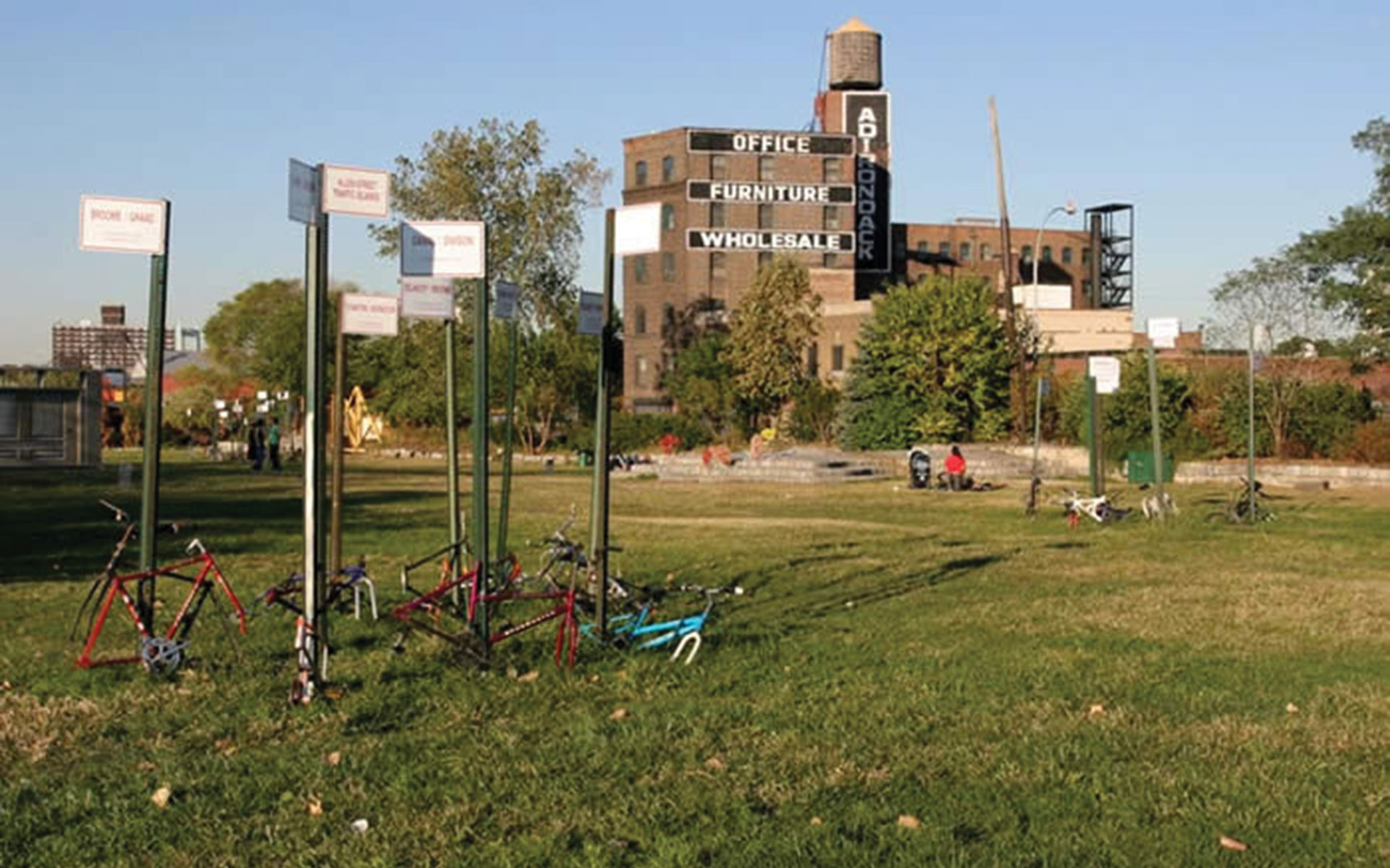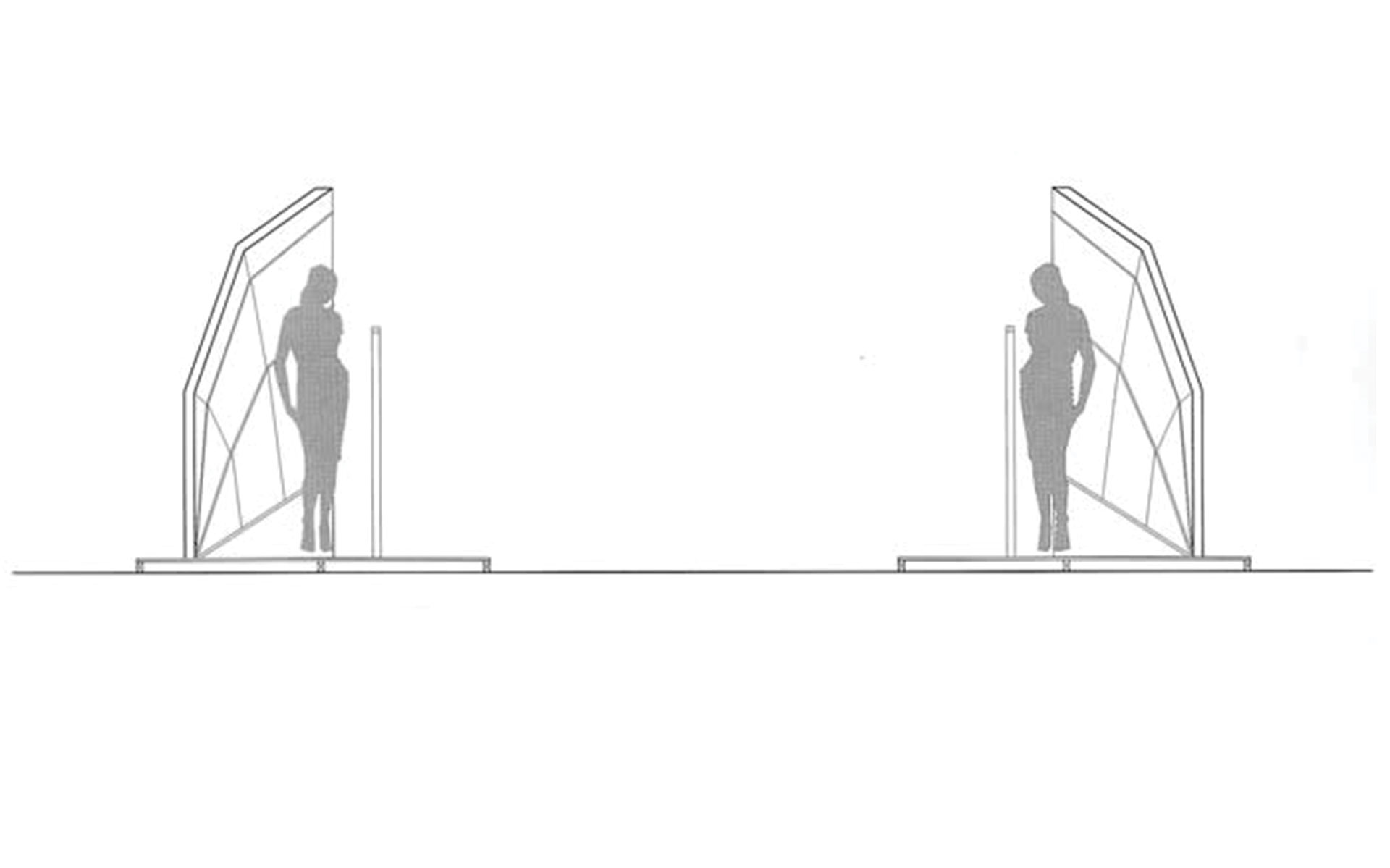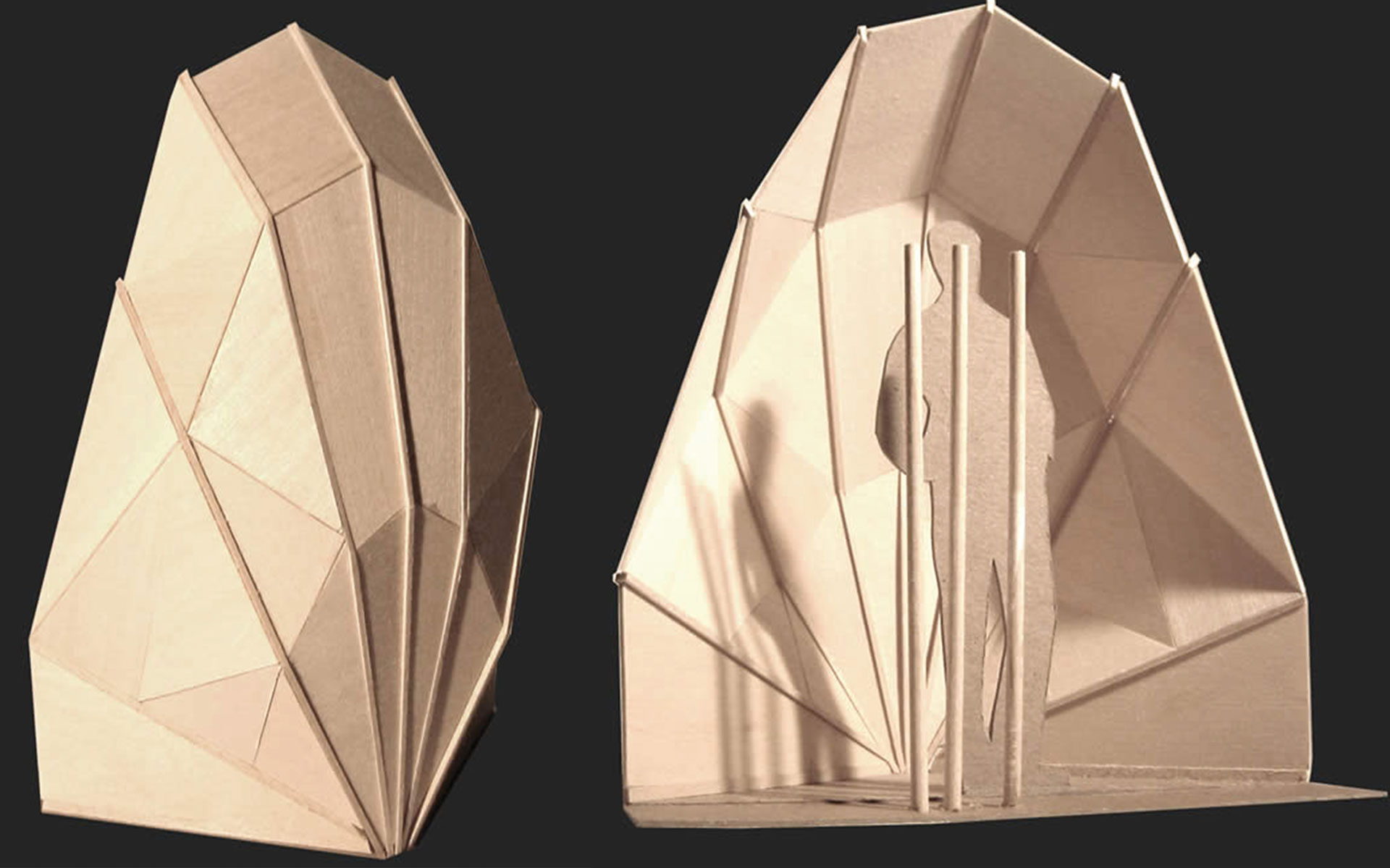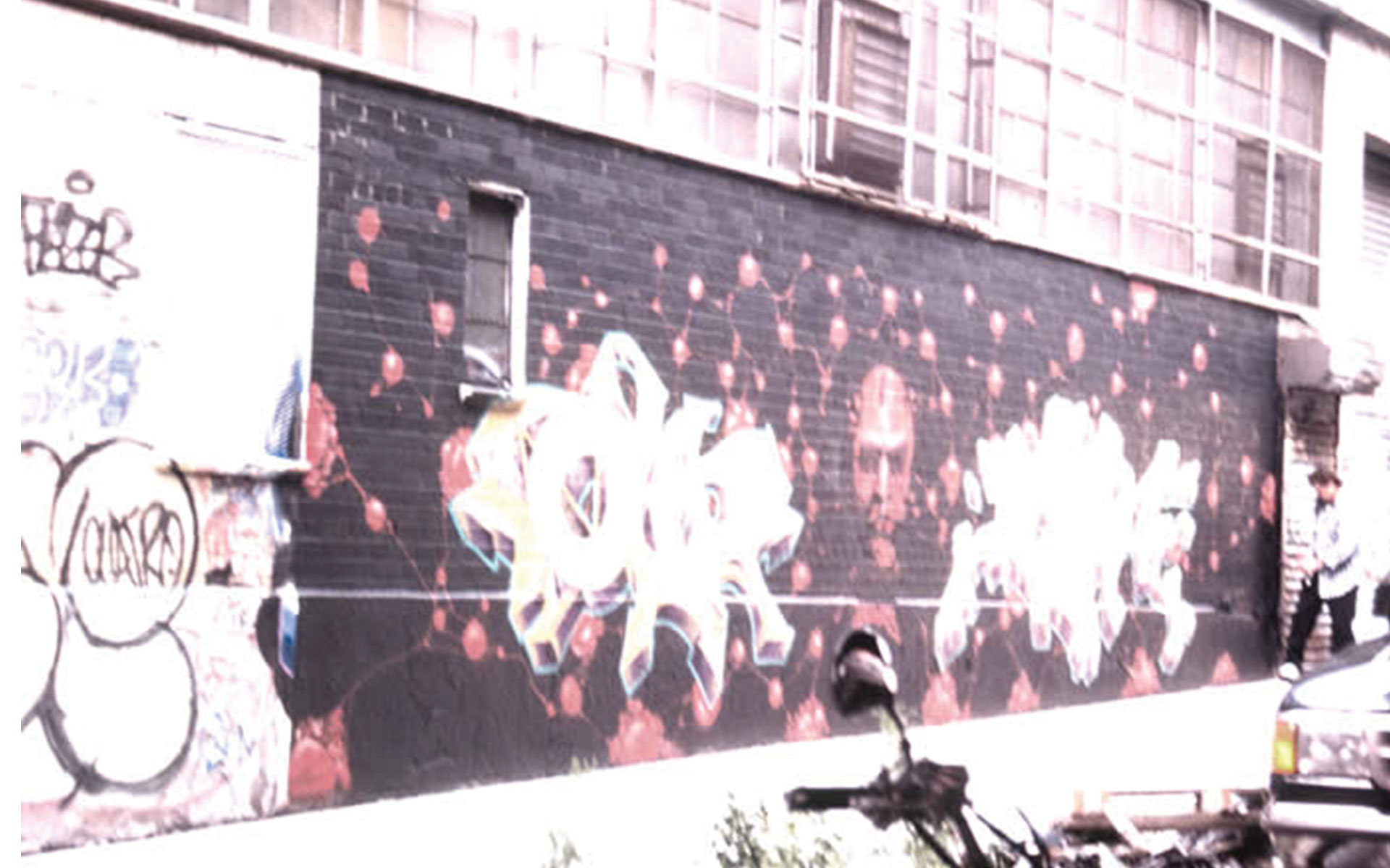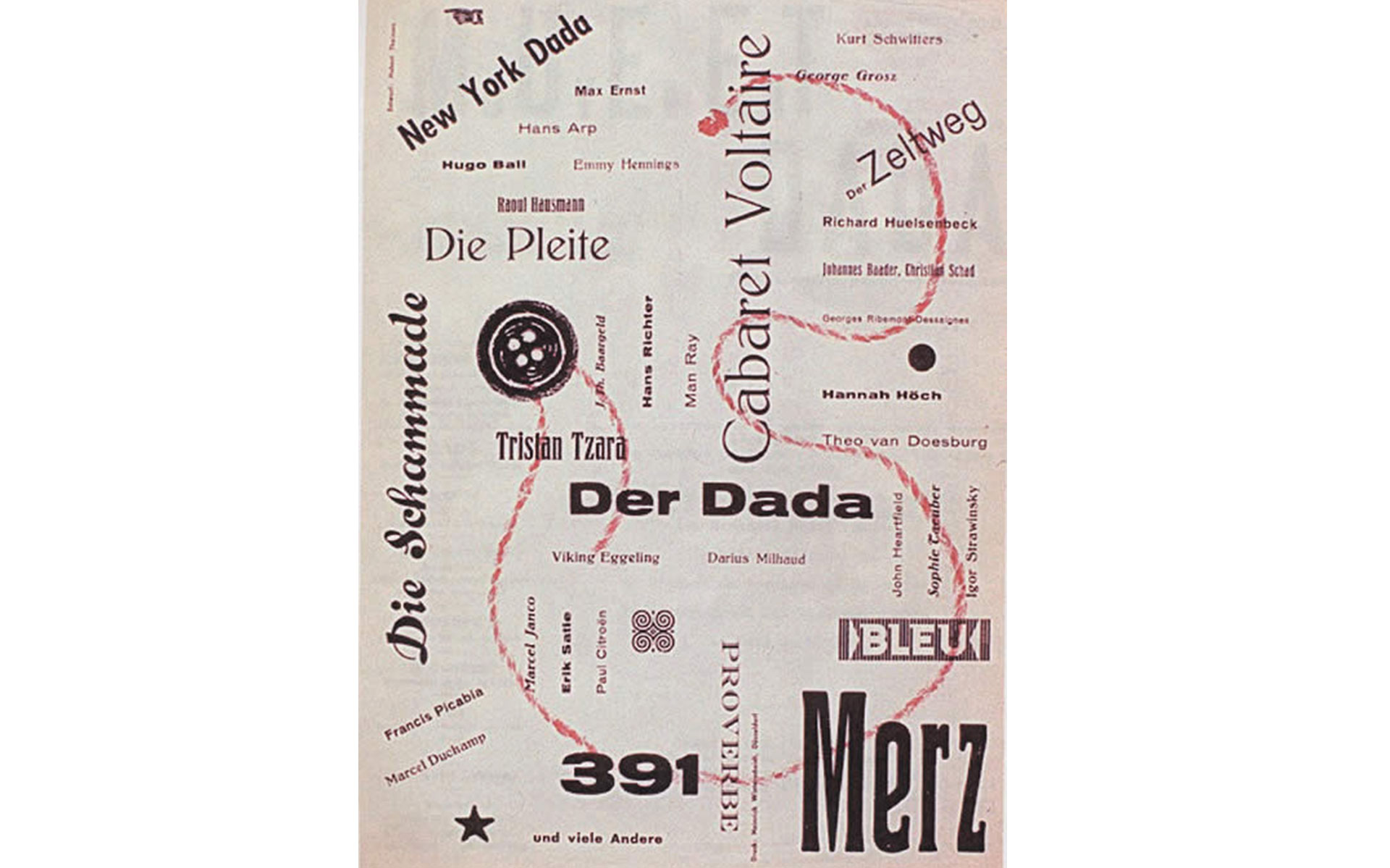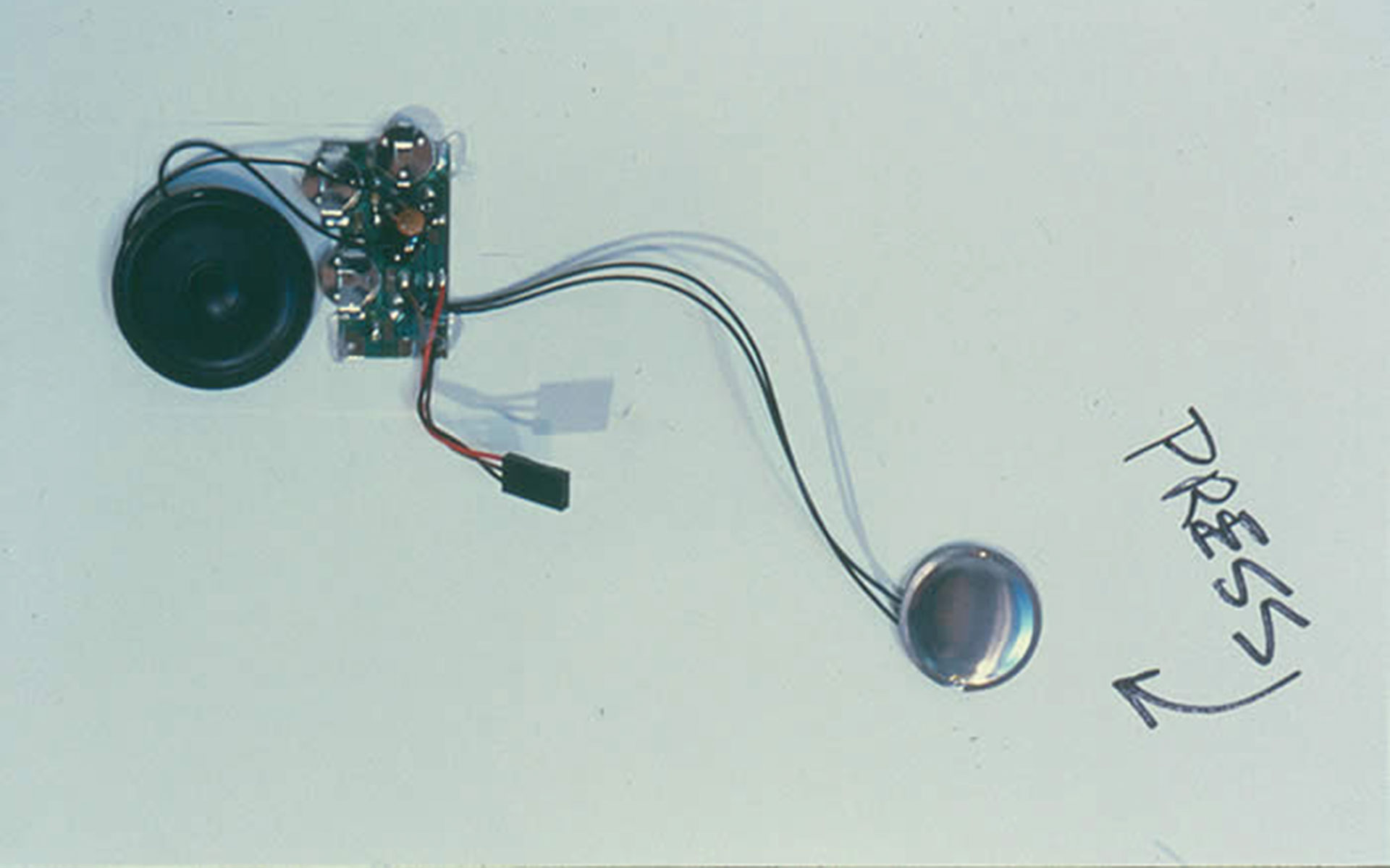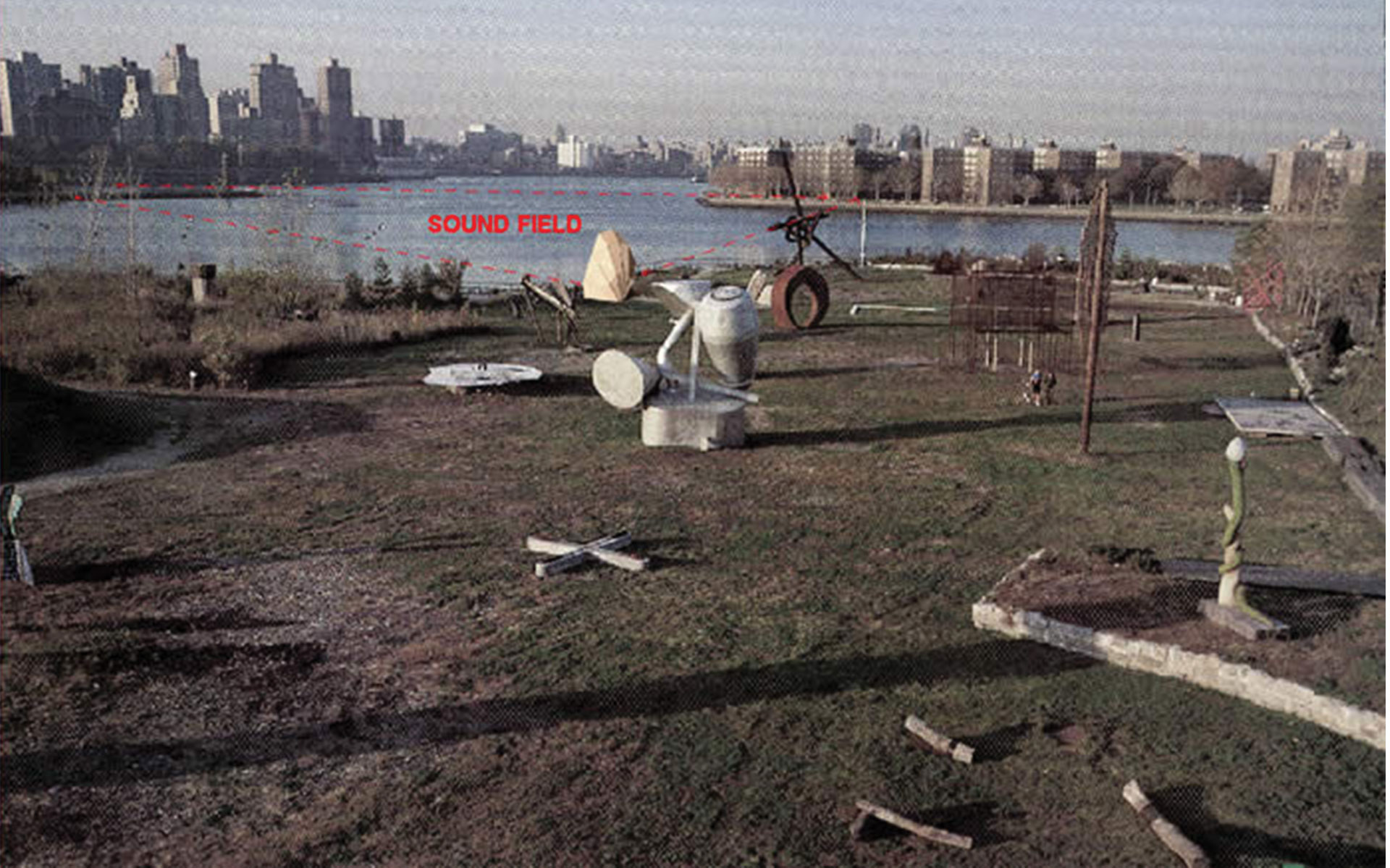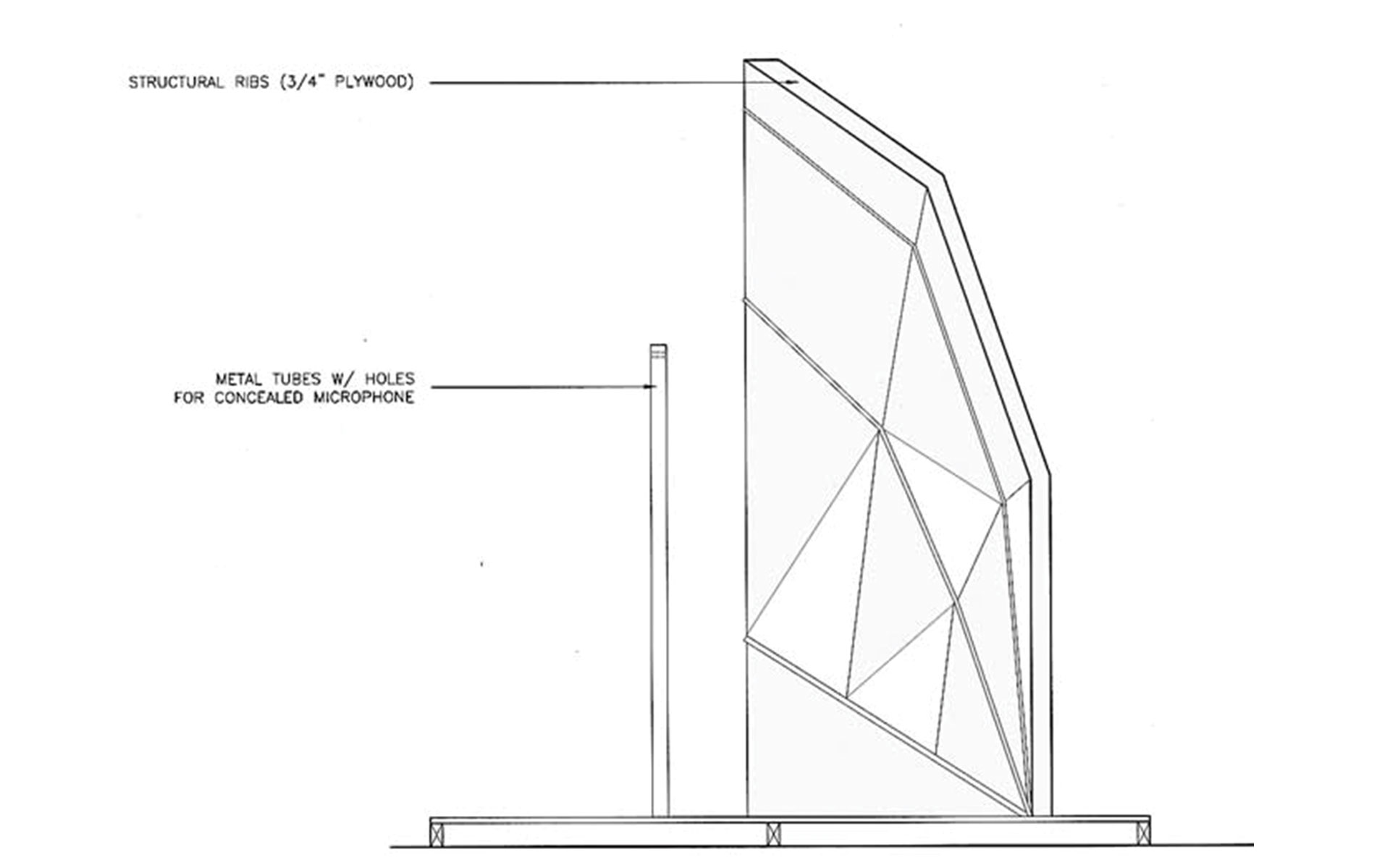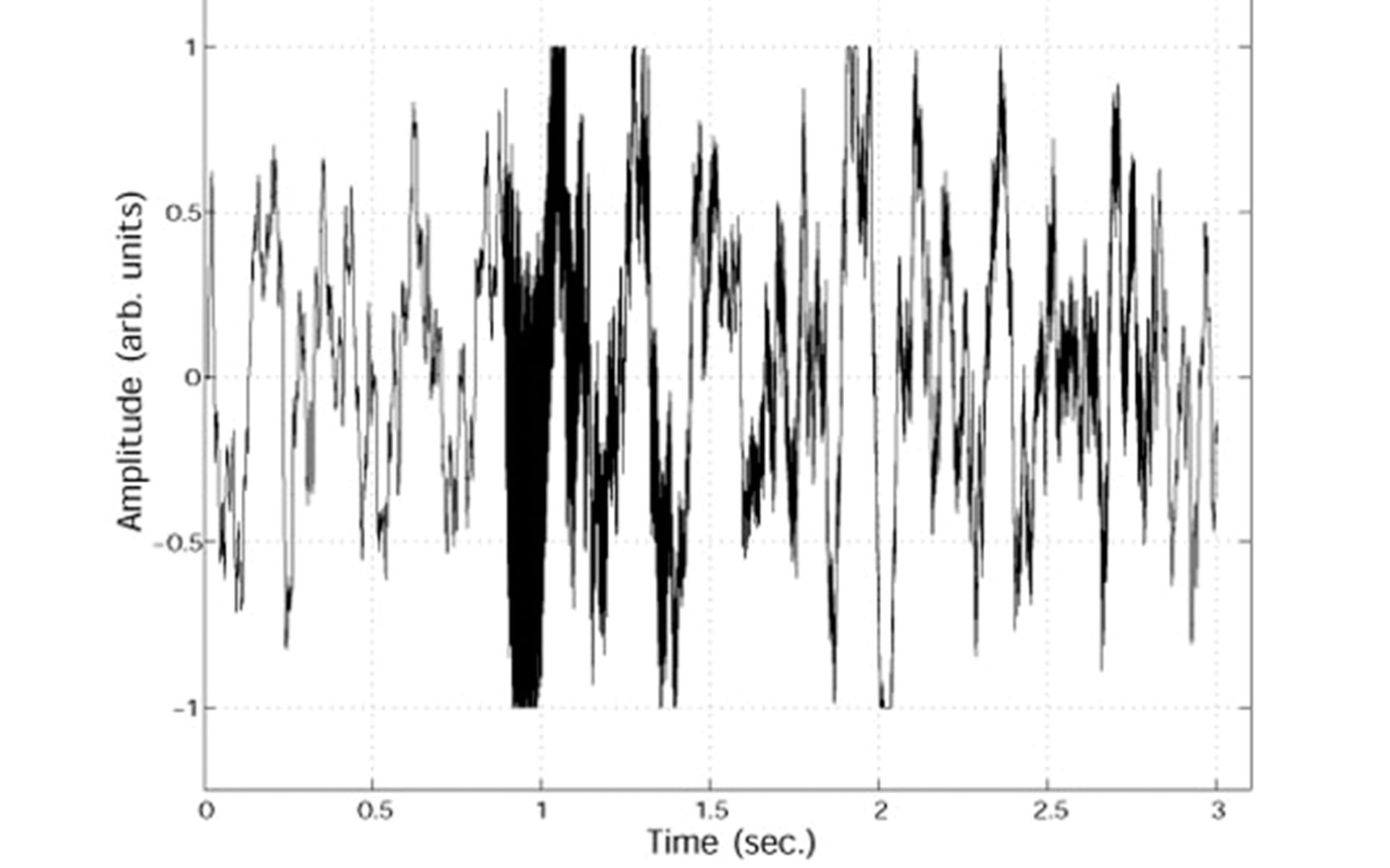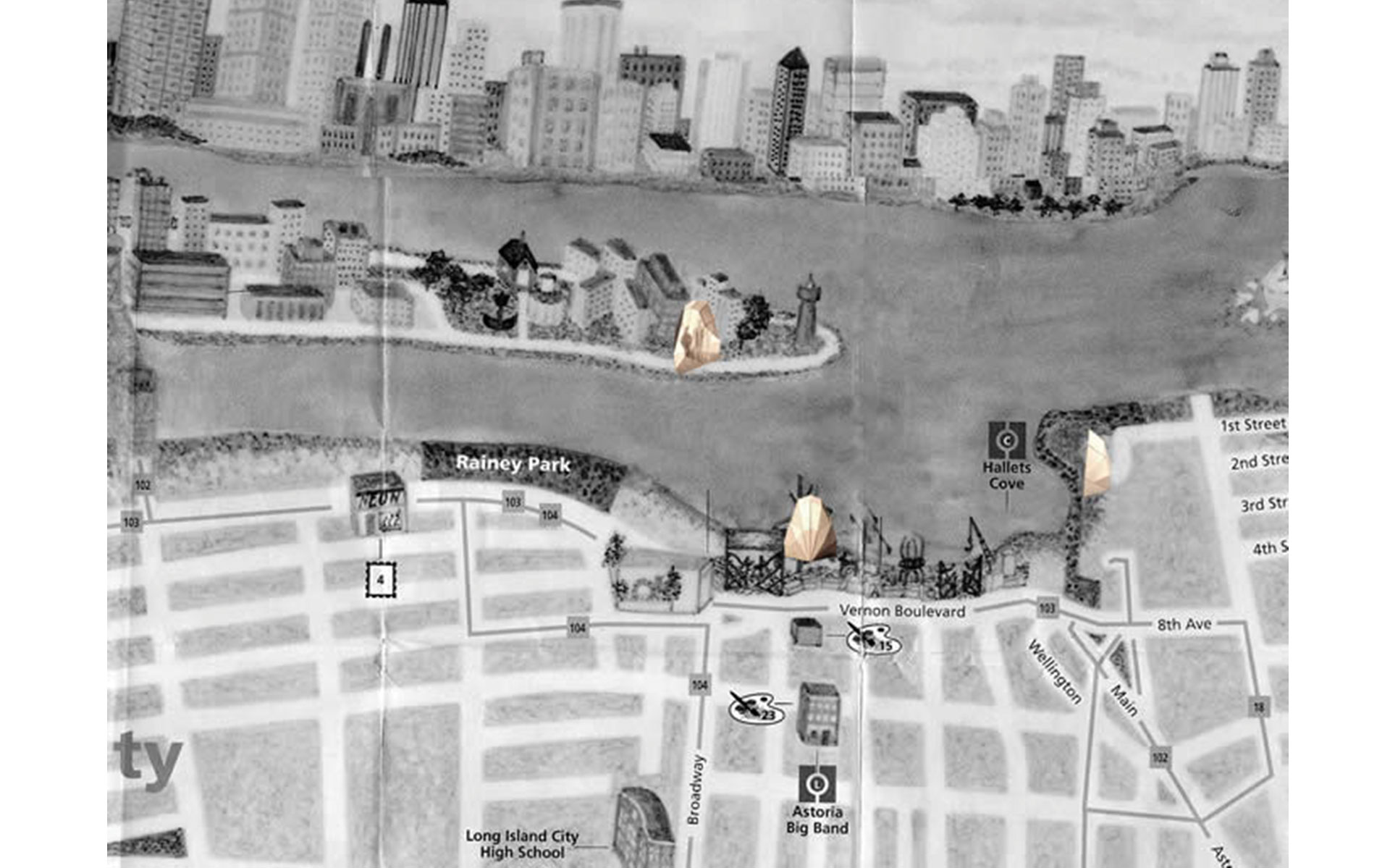Vox Harbour, conceptual installation
A collaboration with Jane Philbrick and Bob Bielecki
contact: hMa | hanrahan Meyers architects LLP
Walking down the street, riding the subway, sitting in a crowded restaurant, waiting in line, the airwaves of urban life kaleidoscope with talk. Spoken, heard, and overheard, conversation cross-pollinates New York’s diverse communities, bridging differences of race, religion, age, ethnicity, and lifestyle.
This enunciative richness is reflected, theologically, in the Biblical depiction of creation, itself an enunciative act: the word of God spoken through the angel Gabriel. Politically, the right to free speech is a keystone of the American Constitution and the claim to voice a baseline of representation in the history of activism from Suffragism to the Civil Rights movement.
In the midst of our current era of global media networks, where monopolizing “single message” corporate programming subsumes individual expression, and silent screen messaging replaces embodied, face-time klatching, New York’s choral voice, and the intimate scale of its person-to-person circulation, unmasks the so-called “anonymity” of urban life to announce itself as vital, vibrant, cacophonous, and exuberant.
178 languages are spoken in Queens. The enunciative act of the borough’s community, the city’s most multi-lingual, is the genesis of Vox Harbor 1 2 3. The siting of Vox Harbor at three points on the East River takes the metaphor of language as a powerful, even turbulent current while referencing the art historical tradition of nineteenth-century Hudson River School landscape painting.
In these epic-scale paintings, practitioners such as Frederic Edwin Church and Thomas Cole sought to express the profound spirituality they found tabernacled in America’s pristine wilderness. The awesome dominion of their cinematic sweep was specifically male, a pre-film antecedent to the monocular male gaze later identified by feminist theorists studying classic mid-century Hollywood as denying female representation in white patriarchal culture, which cinema stood for in microcosm. Excluded from the symbolic order that is language, women—and any construction of “other”—were voiceless, and invisible.
Vox Harbor 1 2 3 proposes three body-sized bandshell sound booths that will enable participants to communicate across three banks of the East River, connecting the distinct but proximate communities of the Sculpture Park, Roosevelt Island, and Astoria Housing in a sidewalk-type dialogue. Conversations will be sampled and play back, referencing the sound of the ocean in a seashell, but here the din will comprise the soundscape/urban landscape of New York’s most diverse, polyphonic borough. The soundtrack will also include a spoken word panorama recorded by the artist in situ at each of the three Vox Harbor sites. Bracketing the river in these formally parenthetical structures, Vox Harbor invites and celebrates the diversity of discourse that constitutes New York’s dynamic voice, where world-wide street talk is at home in Queens.
